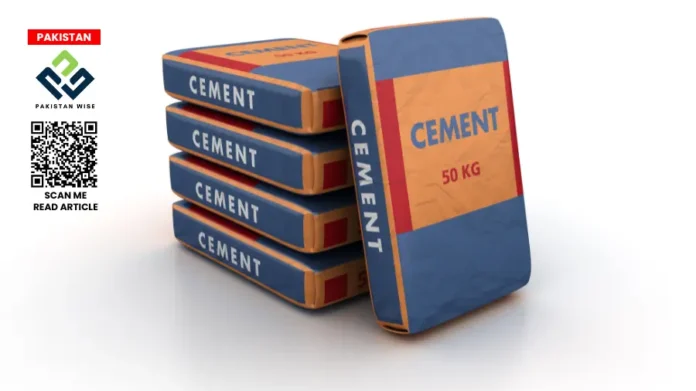Cement Costs in Pakistan
The construction sector in Pakistan faces increased financial pressures due to recent hikes in cement prices. These adjustments come on the heels of new governmental tax implementations and elevated transport expenses for raw materials. Here, we explore the dynamics influencing cement costs and the broader implications for the industry.
New Taxation Policies
In the latest fiscal measures, the government has introduced additional sales and withholding taxes. Specifically, the sales tax saw an increase, impacting the retail price of cement considerably. A cement bag now costs between Rs. 200 and Rs. 250 more than it did prior to these changes.
Current Cement Pricing in Pakistan
As of the end of July 2024, the price for a bag of A-grade cement stands at Rs. 1,500. Prices for other brands vary, with most ranging between Rs. 1,400 and Rs. 1,470. Here is a detailed look at the current prices offered by major companies:
| Company | Price per Bag |
|---|---|
| BestWay Cement | Rs. 1,550 – Rs. 1,600 |
| Lucky Cement | Rs. 1,540 – Rs. 1,550 |
| DG Khan Cement | Rs. 1,510 – Rs. 1,550 |
| Fauji Cement | Rs. 1,450 – Rs. 1,560 |
| Kohat Cement | Rs. 1,450 – Rs. 1,525 |
| Askari Cement | Rs. 1,540 – Rs. 1,550 |
| Cherat Cement | Rs. 1,455 – Rs. 1,465 |
| Maple Leaf Cement | Rs. 1,500 – Rs. 1,510 |
| Power Cement | Rs. 1,450 – Rs. 1,460 |
| Pioneer Cement | Rs. 1,455 – Rs. 1,465 |
Industry Response to New Fiscal Measures
In reaction to the tax adjustments, cement dealers across Pakistan have commenced an indefinite nationwide strike. The recent federal budget for the fiscal year 2024-25 has not only increased withholding taxes to 2.5% for non-filers but also raised the Federal Excise Duty from Rs. 2 to Rs. 4 per kilogram. These changes pose significant challenges, particularly for smaller dealers who are unprepared for the new Point of Sale (PoS) machine requirements.
Call for Changes by Cement Dealers
The All Pakistan Cement Dealers Association has advocated for a presumptive tax regime to mitigate the risk of business shutdowns and potential job losses. Despite the domestic turbulence, cement exports have experienced a notable uptick, suggesting resilience and potential growth avenues for producers.
Conclusion: Balancing Taxation and Industry Growth
The cement industry’s response underscores a critical balancing act required by the government—advancing fiscal objectives without stifling sectoral growth. As stakeholders navigate these changes, the future landscape of Pakistan’s construction sector will heavily depend on strategic adaptations and policy alignment aimed at sustaining economic stability and growth.
Source: Bol News

